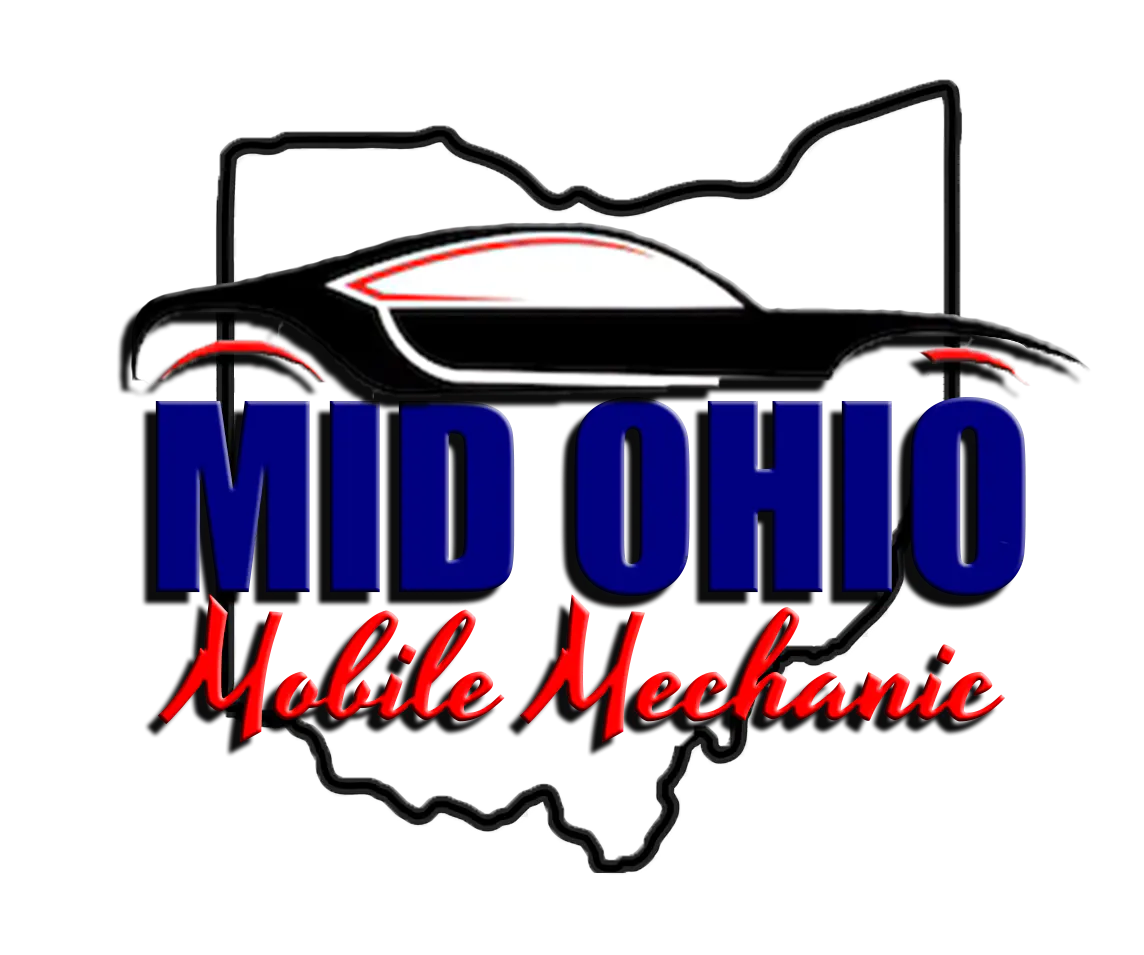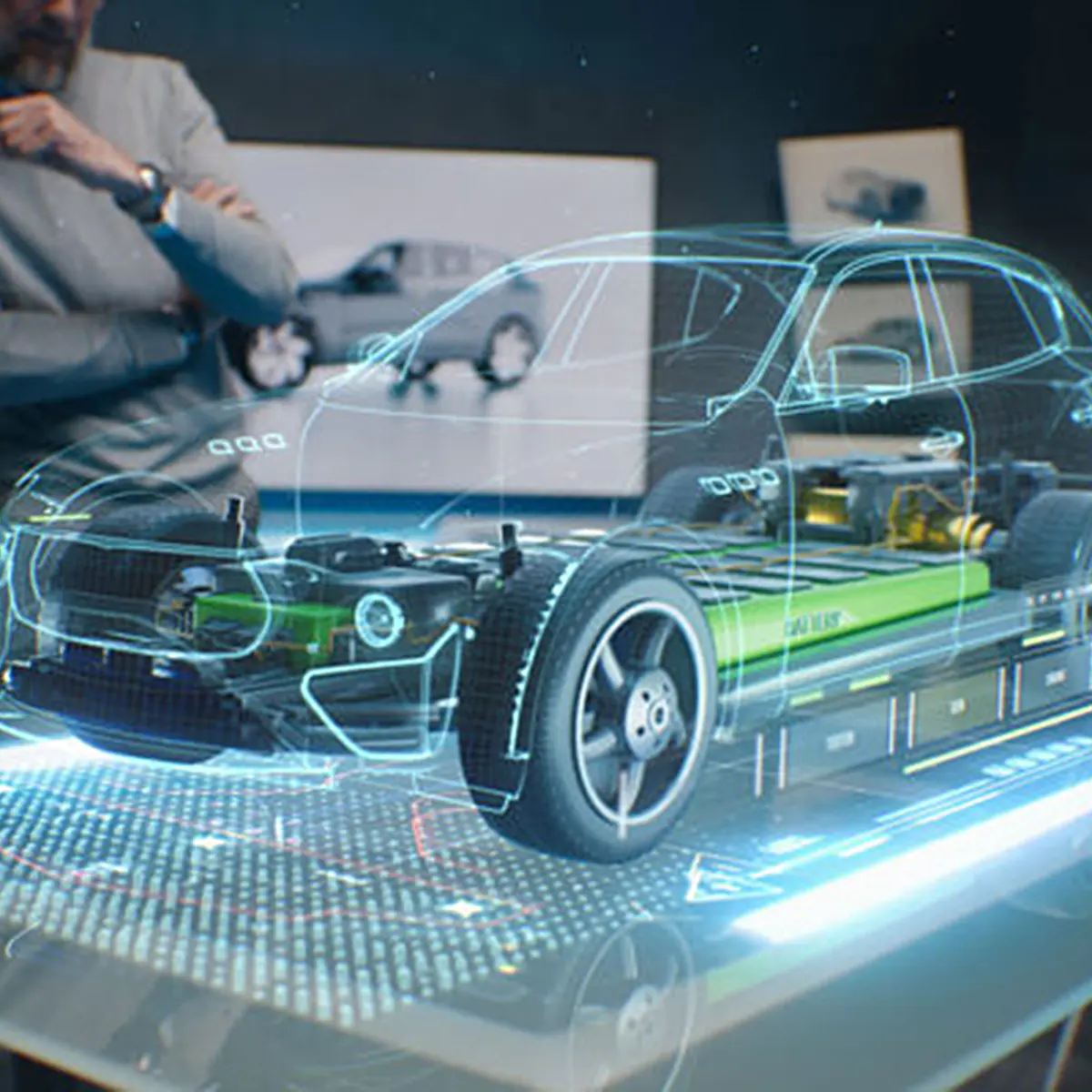The auto body repair industry has seen remarkable technological advancements over the past decade. From precision tools to cutting-edge diagnostics and innovative materials, these developments have transformed the way vehicles are repaired after collisions, accidents, or general wear and tear. Modern technology has not only improved the efficiency and accuracy of repairs but has also enhanced vehicle safety, reduced environmental impact, and provided customers with faster, higher-quality service.
Understanding the latest technology in auto body repair helps vehicle owners appreciate the sophistication involved in maintaining and restoring their cars, as well as the level of expertise required by modern repair technicians. This article explores the most significant technological innovations currently shaping the auto body repair industry.
Computerized Damage Assessment and Estimating
Traditionally, estimating collision damage involved visual inspection, measuring parts, and manual calculations. Today, computerized systems have revolutionized this process.
- Digital Scanning and Imaging: Auto body shops use 3D scanning technology and high-resolution cameras to capture precise measurements of damaged areas. These scans allow technicians to assess the extent of the damage accurately and create detailed repair plans.
- Software-Based Estimating: Estimating software can generate accurate cost predictions based on the scanned data, including labor, parts, and materials. These systems often integrate with insurance platforms, enabling quicker approvals and reducing the risk of miscalculations.
- Virtual Repair Models: Advanced software allows technicians to simulate repairs virtually, predicting structural impact, alignment issues, and paint requirements before work begins.
This technology saves time, reduces errors, and ensures that repairs meet manufacturer standards while giving customers confidence in the accuracy of estimates.
Advanced Frame and Structural Repair
Vehicle frames and structural components are critical for safety and performance. Modern cars, especially those made from lightweight alloys or carbon fiber, require precise repair methods.
- Laser Measuring Systems: Using laser technology, technicians can measure frames and chassis down to fractions of a millimeter. This ensures that post-repair alignment matches the original manufacturer specifications.
- Computerized Frame Machines: These machines apply controlled force to restore bent frames and structural components to their original condition. Using precise data, they prevent overcorrection or secondary damage.
- Adaptive Fixtures and Jigs: For carbon fiber and aluminum components, specialized jigs hold parts in exact positions during repairs, maintaining structural integrity.
By combining laser measurement with computerized repair systems, modern auto body shops can restore vehicles with unmatched precision, keeping both safety and performance intact.
Paint Technology Innovations
Auto body painting has undergone significant technological improvements, enhancing finish quality, durability, and environmental compliance.
- Waterborne and Low-VOC Paints: Traditional solvent-based paints release volatile organic compounds (VOCs) into the atmosphere. New waterborne and low-VOC formulations reduce environmental impact while providing excellent coverage and color matching.
- Computerized Color Matching: Advanced spectrophotometers and digital paint-matching systems allow technicians to replicate factory colors with remarkable accuracy. This ensures seamless repairs that are virtually indistinguishable from the original finish.
- Automated Spray Systems: Robotic and semi-automated spray systems deliver consistent paint application, reducing waste, overspray, and inconsistencies.
- UV-Curing Technology: Ultraviolet light-curing systems accelerate paint hardening, cutting down drying times while maintaining a durable, high-quality finish.
These innovations not only improve aesthetics but also reduce rework and increase shop efficiency.
Welding and Joining Technology
Modern vehicles increasingly use aluminum, high-strength steel, and composite materials, which require specialized welding and joining methods.
- Aluminum MIG and TIG Welding: Unlike traditional steel welding, aluminum requires precise heat control and specialized filler materials to avoid warping or weakening the metal.
- Laser Welding: This method allows highly accurate, clean welds for small or complex parts without damaging surrounding materials.
- Adhesive Bonding and Structural Adhesives: Certain components, especially in hybrid and electric vehicles, use structural adhesives combined with mechanical fasteners for superior strength and vibration reduction.
- Resistance Spot Welding with Computer Control: Modern resistance welding systems are computer-controlled for precise timing and pressure, ensuring consistent joints that meet manufacturer specifications.
These technologies allow auto body repair shops to maintain structural integrity while accommodating the evolving materials used in modern vehicle construction.
Paintless Dent Repair and Non-Invasive Techniques
Minor dents and dings are common, and technology has improved repair options that avoid repainting or unnecessary part replacement.
- Paintless Dent Repair (PDR): Technicians use specialized rods, levers, and light reflection tools to manipulate the metal back to its original shape without disturbing the paint.
- Heat and Suction Tools: Small dents can be corrected using controlled heat or suction systems, reducing labor costs and preserving factory finishes.
- Laser and Ultrasonic Measurement: These tools ensure that even subtle panel distortions are fully corrected, maintaining the vehicle’s structural alignment.
These non-invasive techniques are not only efficient but also environmentally friendly, reducing paint usage and waste generation.
Advanced Diagnostics and Vehicle Technology Integration
Modern vehicles are increasingly equipped with sensors, cameras, radar systems, and electronic modules. Repairing these systems requires more than mechanical skill—it demands digital expertise.
- OBD-II and Proprietary Diagnostics: Auto body shops use advanced scanners that interface with vehicle electronics to identify damage-related faults. This includes airbag systems, adaptive cruise control, and collision avoidance sensors.
- ADAS (Advanced Driver Assistance Systems) Calibration: After collision repair, systems like lane departure warning, automatic emergency braking, and parking assistance must be recalibrated. Specialized calibration tools ensure these safety systems function correctly.
- Software Updates: Repairing certain components may require ECU or firmware updates, which must be performed using manufacturer-approved procedures.
Technicians who are adept at these digital systems can restore both performance and safety features, which are increasingly critical in modern vehicles.
Robotics and Automation in Auto Body Shops
Robotics is transforming how auto body shops operate, making repair processes faster, more precise, and more consistent.
- Robotic Painting Systems: Automated paint application ensures even coating, consistent finish, and minimal overspray.
- Automated Panel Straightening: Some shops use robotic systems to bend, pull, and shape panels to exact specifications.
- Workflow Automation: Software integrates repair schedules, parts orders, and work tracking, reducing errors and streamlining shop operations.
The integration of robotics improves efficiency and consistency, helping shops meet tight deadlines without compromising quality.
Eco-Friendly Innovations
Environmental sustainability has become a priority for modern auto body repair. Many shops are adopting green technologies:
- Recycling of Metal and Plastic: Damaged panels, bumpers, and components are recycled whenever possible to reduce landfill waste.
- Wastewater Treatment: Wash bays and cleaning stations now use filtration and water recycling to prevent chemical runoff.
- Energy-Efficient Equipment: LED lighting, high-efficiency compressors, and variable-speed tools reduce energy consumption.
- Environmentally Safe Solvents and Paints: Low-VOC and waterborne materials minimize hazardous emissions while maintaining high-quality results.
These eco-conscious practices reflect a broader trend toward sustainability in automotive care, aligning shop operations with environmental responsibility.
3D Printing and Rapid Prototyping
One of the most exciting innovations in auto body repair is the use of 3D printing for replacement parts.
- Rapid Part Production: Small or rare components that are difficult to source from manufacturers can be 3D-printed on demand.
- Customization: Certain interior trims, brackets, or brackets for sensors can be produced to precise specifications.
- Reduced Inventory Costs: Shops don’t need to maintain large inventories, lowering storage energy and reducing waste from unused parts.
This technology is particularly beneficial for older or exotic vehicles where OEM parts may be scarce or expensive.
The Role of Training and Continuous Education
The pace of technological advancement in auto body repair means that technician training is more important than ever. Modern technicians must understand:
- Vehicle electronics and ADAS systems
- Advanced materials like aluminum, high-strength steel, and composites
- Digital diagnostic tools and software
- Robotic and automated systems
- Eco-friendly repair practices
Continuous training ensures that auto body shops can deliver high-quality repairs safely and efficiently while keeping pace with industry innovation.
Conclusion
The latest technology in auto body repair has transformed the industry. From digital scanning and laser-guided frame repairs to robotic painting, advanced welding, 3D printing, and eco-conscious practices, modern repair shops are capable of restoring vehicles with unprecedented precision, efficiency, and environmental responsibility.
For vehicle owners, this means faster turnaround times, higher-quality repairs, and safer vehicles. For the environment, it represents a shift toward greener practices and sustainable resource management.
As vehicles continue to evolve with advanced electronics, lightweight materials, and autonomous systems, the role of technology in auto body repair will only grow more critical. Staying informed about these innovations helps car owners understand the value of modern repair techniques and ensures that their vehicles are restored to the highest standards possible.

